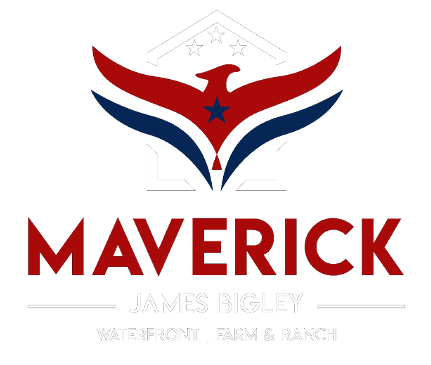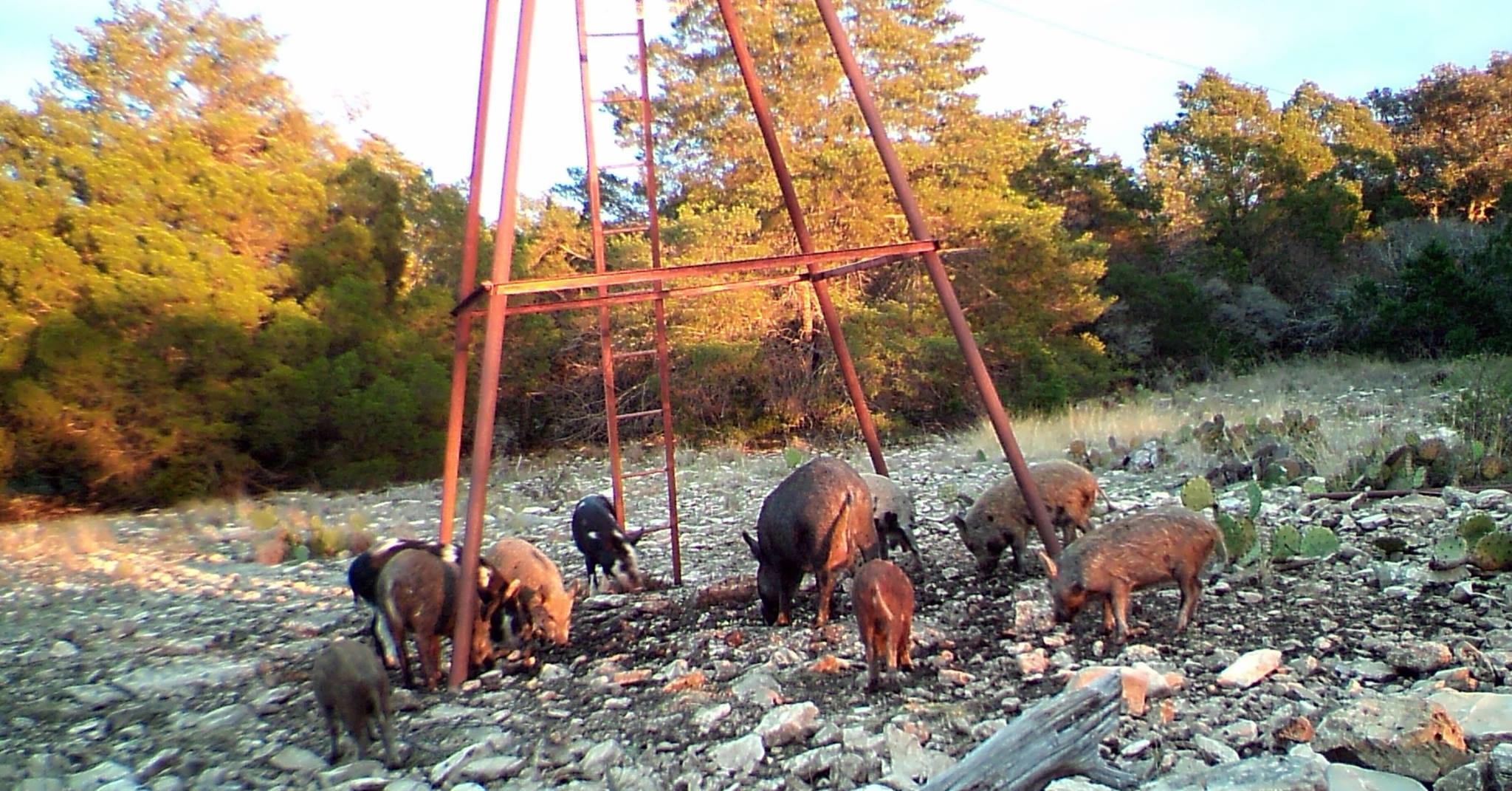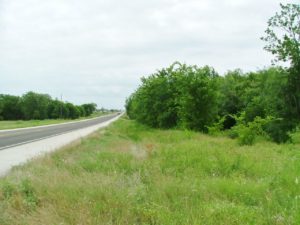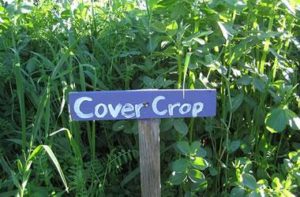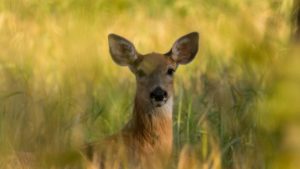This blog is an attempt to be a total guide to managing Feral Hogs. We will go over the following:
- History
- Why Feral Hogs are bad out of control and damaging to the environment and economy.
- Reproduction Facts and Breed Information
- Controlling of Feral Hog Populations
- Hunting versus Trapping
- Helpful links for more information
History and importation of pigs to the Americas
How Did Wild Pigs Get Here?
Pigs were first introduced in the 1500’s to what is now the southeastern U.S. by Spanish Explorer, Hernando DeSoto. In the centuries following European exploration and colonization of the eastern U.S., free-range livestock management practices and escapes from enclosures resulted in the establishment of wild pig populations and promoted their spread.

Eurasian Wild Boar
Introduction of the Eurasion Wild Boar
In the early 1900’s, Eurasian or Russian wild boar were introduced into portions of the United States.
Introduction in 1912 | Secondary introduction
Additional introductions and escapes of Eurasian wild boar from privately owned, “game-proof” fenced hunting preserves have continued through the present (Per MSU Website).
Why should landowners manage and encourage trapping or hunting of feral Pigs?
Economic Cost
- Feral Pigs cause over $1.5 Billion in damage a year (Agriculture, Wildlife, and other factors).
Competition
- Wild pigs compete for food and space with native wildlife species, especially game animals such as deer and turkey. In the southeastern U.S., competition for food between wild pigs and native game species is highest during late summer and fall when muscadines, persimmons, and acorns become available. (MSU Ext)
Predation
- Wild pigs can be significant predators of eggs and newly hatched young of ground-nesting birds and sea turtles, small mammals, salamanders, frogs, crabs, mussels, and snakes. Though not considered a significant predator of white-tailed deer fawns, wild pigs do sometimes kill and eat newborns.
Native Plant Communities
- Wild pigs rooting, wallowing, and trampling damage native plant communities that provide habitat and food sources for native wildlife species.
Soil
- Rooting, wallowing, and trampling activities compact soils, which in turn disrupts water infiltration and nutrient cycling. Also, these soil disturbances contribute to the spread of invasive plant species, which typically favor disturbed areas and colonize them more quickly than many native plants.
Reproduction and Breeds
Breeds:
- Feral Pigs vs Domestic Pigs – In the field many land owners and hunters will see a mixture of pig breeds. For example the Eurasia Pig (Feral) versus a Yorkshire Pig. In many cases you will see both cross breeding. From my experience the Eurasia Pig is built more hardy than a domestic breed. According to some experts the DNA of the feral hogs will overcome the DNA of domestic when they cross breed over generations.
- Breed links – Wild Boar Breeds
- Javelina Pigs OR Peccaries, which are native to the Americas, are often confused with the pig family that originated in Afro-Eurasia, especially since some domestic pigs brought by European settlers have escaped over the years and now run wild as “razorback” hogs in many parts of the United States. There is not a population issue with Peccaries due to many reasons, but one main one is that Feral Hogs compete with their habitat. In many Feral Hogs overcome Peccaries habitats. Personally I do not hunt these since they are native animals.

Summary Stats Population Growth:
- Estimated population at this time is over 6,000,000, the majority of the feral pig population reside in Texas.
- 2010 harvest was around 800,000 feral pigs OR 29% of the pig population in Texas.
- Feral pigs reproduce on average three times a year, have an average of 5+ piglets, and are ready reproduce at 6 months of age.
- At that rate harvesting would have to go up to 66% of the pig population.
According to Texas AgriLife Extension Service on kill ratio to inhibit population growth:
- Data from the Texas Department of Agriculture on the number of hogs sold to processing plants from 2004-2008 was used to adjust all other estimates. An estimate for the harvest in 2010 was 753,646 or 29% of the estimated feral hog population in Texas. The population model indicated that without harvest the feral hog population was expected to triple within five years (3.33 times initial population), with a 28% annual growth rate. With low harvest (15% of the population) the model indicated that the feral hog population was expected to increase 2.51 times within five years, with an annual growth rate of 22%. Further, with an average harvest of 28% of the population, the feral hog population was expected to
double every five years (2.02 times initial population), with a 16% annual growth rate. The population model indicated that with a high harvest of 41% of the population the feral hog population was expected to increase 1.63 times within five years, with a 12% annual growth rate. The model suggested an annual harvest of 66% was required to hold the population stable.

Hunting Pigs versus Trapping Pigs
In regards to controlling feral hog populations the most effective means of doing so is to trap large amounts of pigs. For helpful links on trapping and how to videos look below:
For bait: Bait to attract hogs
How to setup traps: Cheap and Easy Hog Traps
LINKS:
- MSU EXT: MSU Pig Facts
- USDA Facts: USDA
- Smithsonian: Smithsonian Write Up
- Central Texas Feral Hog Task Force: Guadalupe, Caldwell, and Hays
- TPWD Information link: TPWD
